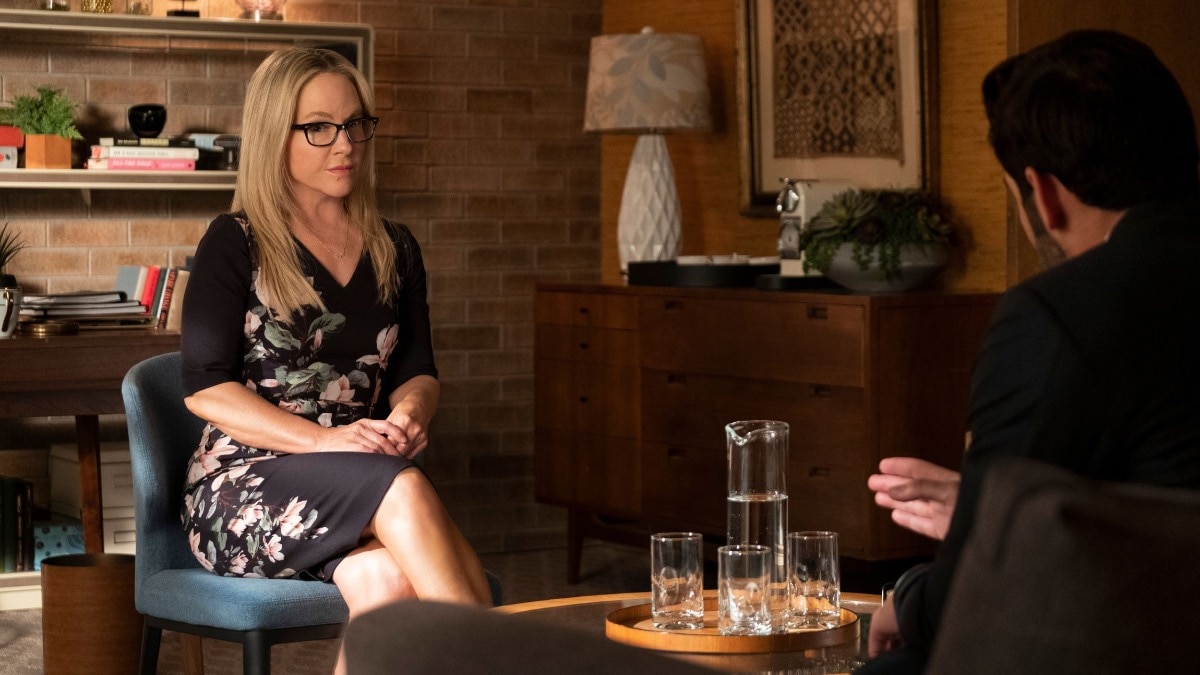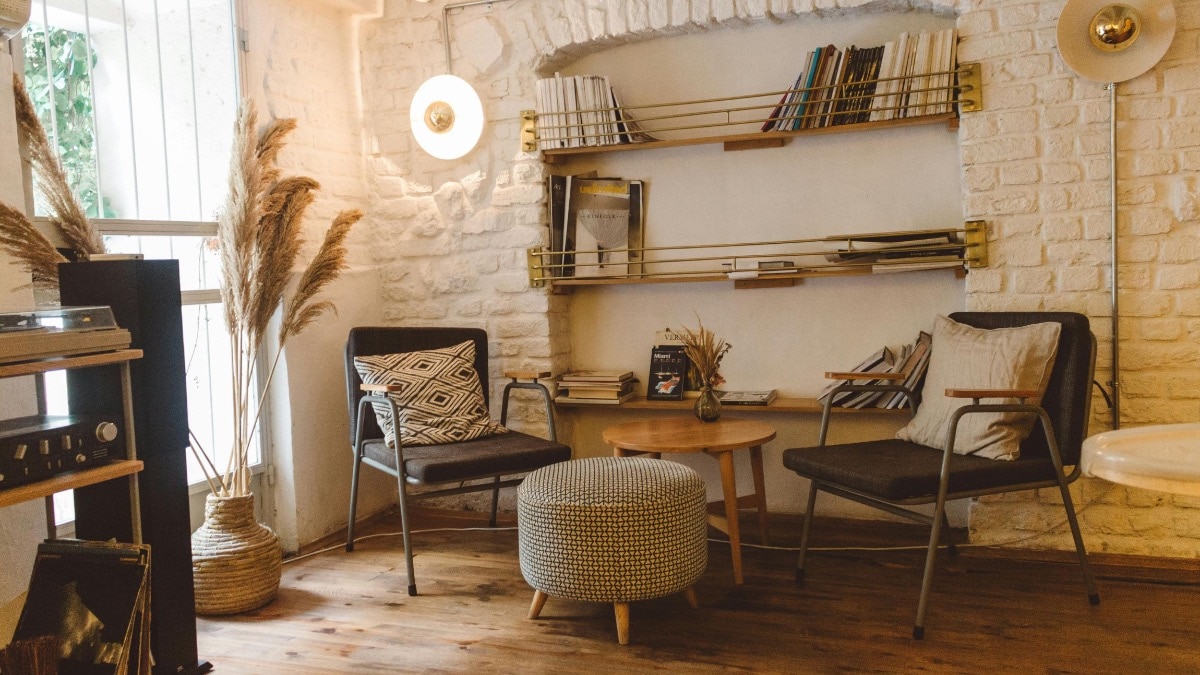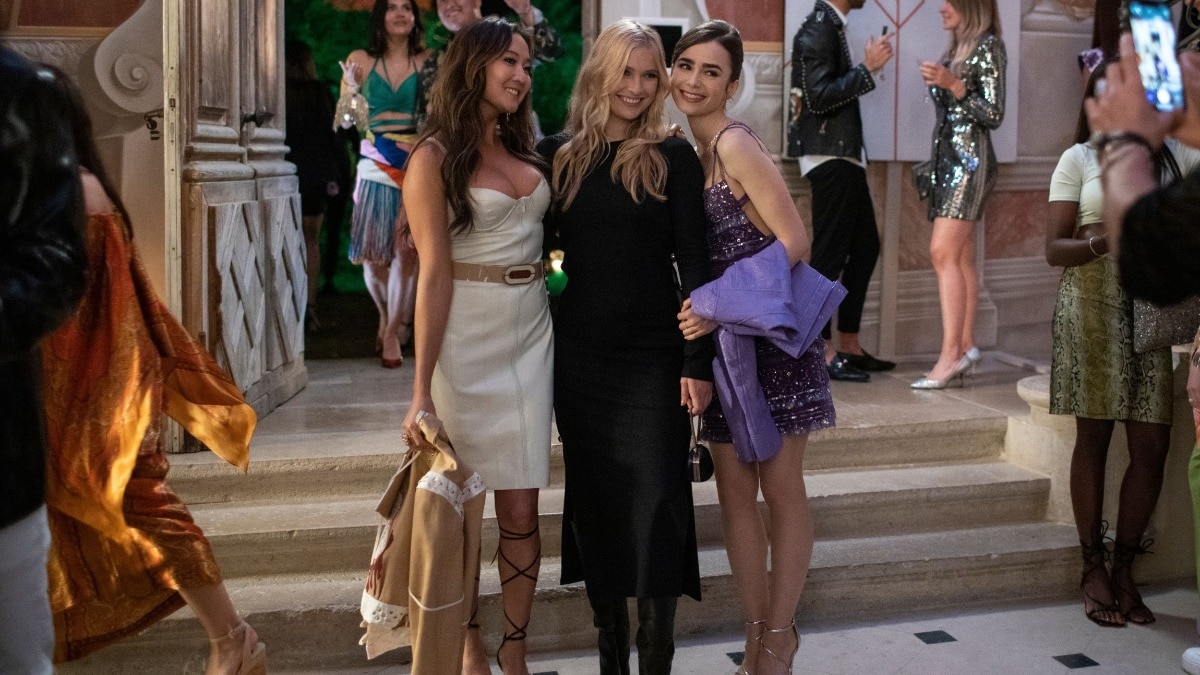These sculptors are championing the 3R's to create environment-friendly art
Bazaar India speaks with four artists who have been repurposing discarded objects to make compelling, thought-provoking art that present a much deeper message...and many questions.


There is art all around us they say. For these artists, they find inspiration in what is discarded around to produce art that also sheds light on the degrading state of our planet.
Deval Verma

“I use trash, which could have ended in dustbins, to make art. I’ve always been fascinated with metal; even as a child, I would collect old coins, pencil cells, even my grandmother’s metal bangles. There was a TV show that I enjoyed tremendously, where they created beautiful artworks from recycled products. It made me wonder if I could do the same with metal. As a scrap-metal artist, I see how useful material is regularly, mindlessly discarded. It’s one of the reasons the planet is suffering. I want to draw attention to the urgency to recycle and upcycle, and to support a zero-waste, sustainable future. One of the biggest challenges I face is sourcing the material. It may sound like I simply have to collect waste, but it is an extremely expensive proposition, and arranging funds for it can be a daunting task. But together with my team, I’ve managed to upcycle more than 3,000 kgs of scrap metal so far.”
Christina Chavez Banerjee

“Since I moved to India from the US in 2013, I’ve been inspired by my radically different surroundings. I wake up every day to the sound of crows and pigeons; I’ve never been this close to elephants and monkeys, except in the zoo. So, the artwork I make is an amalgamation of my thoughts and life-experiences. I want people to take away a sense of humanity from it. And that you can repurpose objects and make them your own—they shouldn’t go into a landfill, wherever possible. I particularly enjoy painting with rusted metals, like keys, old locks, nuts, and bolts. If you peeled back each rusty layer, it would tell its own story.

Even to teach my students, I use recycled paper, old plastic bottles, caps, and broken objects. For the sculptures, I mostly use metals given by family and friends, or collected from construction sites during evening walks with my son. I want him to understand from an early age that old things can be repurposed and made into something beautiful!
Arzan Khambatta

“I consider myself a conservationist—I don’t use anything frivolously, including natural resources. So, repurposing scrap metal comes naturally to me. In addition, the different shapes of machinery have always fascinated me, which made me further delve into the world of metal scraps. Largely, my discipline is rooted in an innate desire to not let anything go to waste. Initially, a lot of people didn’t understand my work. They even questioned if one could label it art. But none of that mattered to me, I was doing what I wanted to! I frequently change the materials I work with.

These days, I’m using scraps from new metal (when you cut new metal, it leaves behind many tiny pieces. I repurpose all of those, too). I know what I do is not going to change the world drastically, but if even 20 people follow suit, we may be able to have a greater impact. Each one of us must do our bit to help save the environment.”
Pruthiraj Sahoo

“I try to understand and explore the diverse contexts and connotations of different materials around me. This process also helps me probe deeper into the psychological and philosophical aspects of the material-human relationship. During my training as a sculptor, I was always on the lookout for innovative materials to work with, and that search led me to waste and scraps. Now, I believe it is my responsibility to put recyclable material to good use. I work with a lot of industrial scrap for my art, often from industrial fabrication factories. In the present scenario, when global consumption is at an all-time high, we need to be particularly careful of the waste we generate, and must learn to recycle.

I live in an industrial area in Vadodara, Gujarat, and during the lockdown, all I could see was mountains of waste. That has further fuelled my will to contribute to the environment in whatever way I can. However, it can be risky to work with waste. I’ve faced various health hazards at scrapyard sites, inhaled harmful chemicals, even got injured at times. But whenever I’m in doubt, I look at greats like Marcel Duchamp, Eva Hesse, and John Chamberlain, among others, for inspiration. They’ve helped me find confidence in this new ‘material’ world that I live in.”










